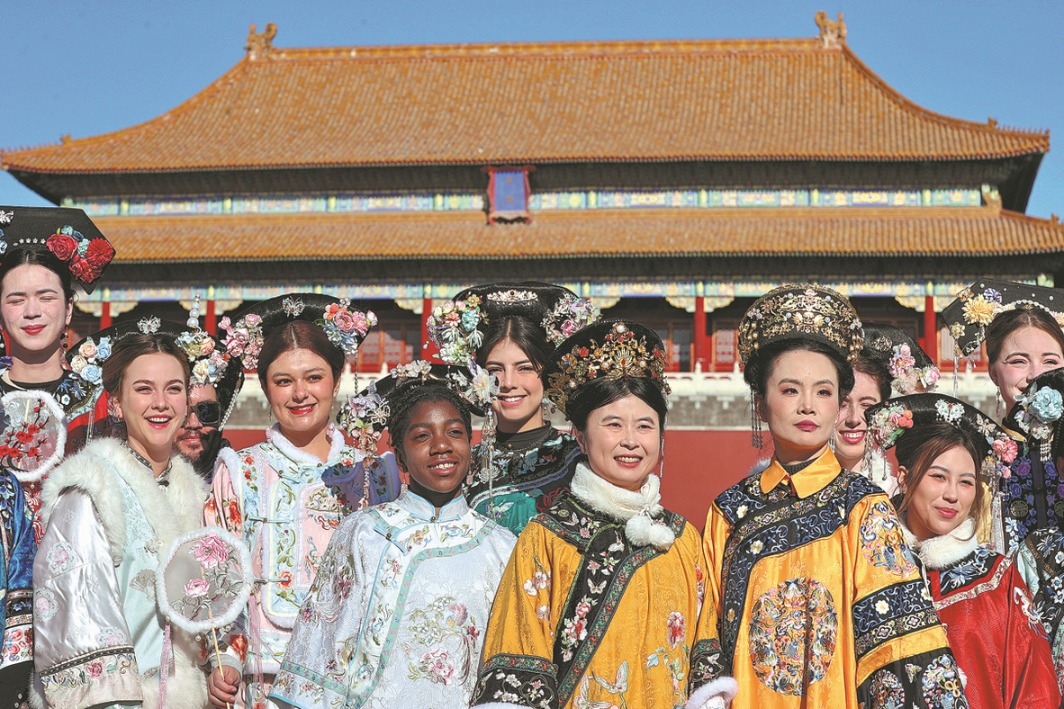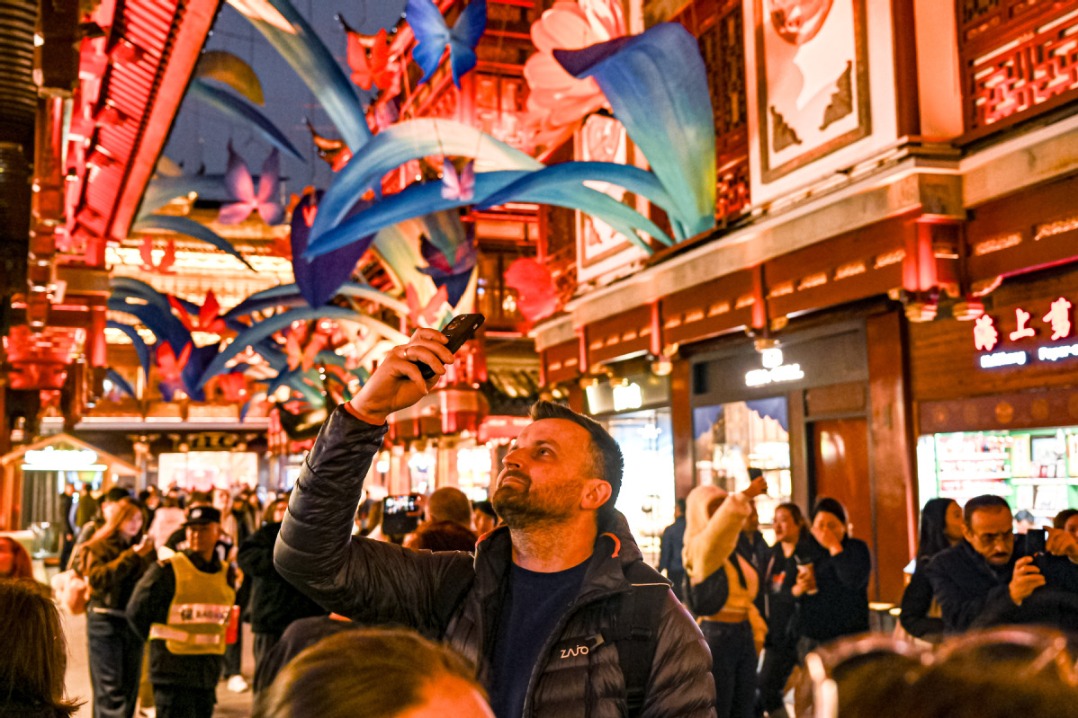Sonova to expand AI-powered hearing aids
Firm aims for more growth as penetration rate still low among Chinese users
By SHI JING in Shanghai | China Daily | Updated: 2024-10-10 09:42

To Arnd Kaldowski, CEO of Switzerland-based multinational hearing solutions provider Sonova, visiting China "at least three times a year" is important, quoting one of his former bosses to explain, "if you are not in China, you are not global".
During his latest five-day stay in China in early September, Kaldowski met Shanghai Mayor Gong Zheng to obtain a better understanding of the city's focus on the development of high-end rehabilitation medical devices and the local government's dedication of introducing more health and well-being solutions for the elderly population.
Sonova, the world's largest hearing aid company according to market consultancy Statista, is well-positioned to help achieve such goals.
With its first footprint set in China over 20 years ago, Sonova set up a Suzhou plant in 2003, its China headquarters in Shanghai in 2022, and made the acquisition of Hysound Group at the end of 2022. To date, Sonova has about 200 clinics in over 20 provincial-level regions.
China is already one of the largest income contributors to Sonova, which achieved sales of about 3.63 billion Swiss francs ($4.23 billion) globally in the 2023/24 fiscal year. The company employs over 1,700 people in China, outnumbering that of its global headquarters in Switzerland.
To better cater to the needs of tech-savvy Chinese users, Sonova launched self-fitting devices in May via Sennheiser, the audio consumer brand that is better known in the Chinese market and the Sennheiser Consumer Division that Sonova acquired in 2021.
To improve the user experience on a broader scale, Sonova launched in August what it says is the world's first hearing aid to use real time artificial intelligence. The AI-powered device uses advanced technology to not only reduce and cancel unwanted noises, but also learn from the user and enhance the words that they should and want to hear. The hearing aid will be available in China from February 2025.
It took Sonova six years to improve the chip technology and train the deep neural network. By using Bluetooth connectivity, Sonova has also built an application for smartphones so that no latency exists between the speech and the user's hearing.
Of course, that requires huge investment. Sonova's R&D spending has spiked by 60 percent over the past five years. But there is also contribution from China. Its Chinese team has helped to optimize the algorithms, especially those for tonal language, and some of the core technologies and components, such as rechargeable batteries and micro-electro-mechanical system technology, also come from China.
























